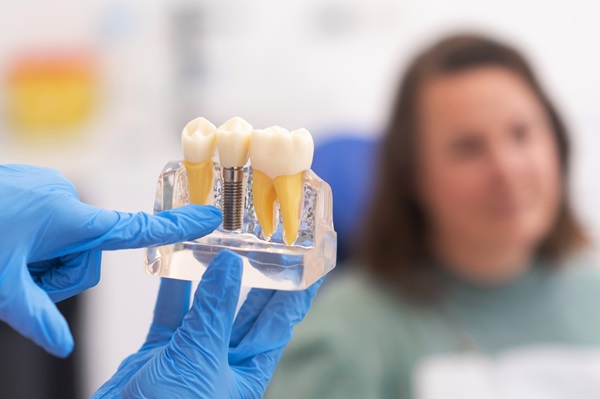Find Your Perfect Smile!
At Amana Dental, we aim to provide you and your family with the very best dental health care.

Losing a tooth can be a distressing experience, affecting both your oral health and self-confidence. However, modern dentistry offers various solutions to restore your smile and maintain your oral function. Single tooth replacement is one such solution that can effectively address the issue of a missing tooth.
Single tooth loss can occur due to various reasons, including dental trauma, decay, gum disease, or congenital conditions. Regardless of the cause, it’s crucial to address this issue promptly to prevent further oral health complications.
A missing tooth can lead to adjacent teeth shifting into the gap, causing misalignment and bite problems. It can also lead to bone loss in the jaw, which can affect the stability of surrounding teeth.
A gap in your smile can impact your self-esteem and confidence. Replacing the missing tooth can restore your smile and facial aesthetics
The dentist assesses your oral health and determines if you are a suitable candidate for an implant. Detailed X-rays and scans are taken to plan the implant placement
In a surgical procedure, the dentist inserts the implant post into the jawbone. Healing time is allowed for the implant to fuse with the bone.
Once the implant is stable, an abutment is attached to it. A custom-made crown is then placed on the abutment, completing the restoration
The adjacent teeth (abutments) are prepared by removing a portion of their enamel to accommodate crowns.
Impressions of the prepared teeth and the gap are taken to fabricate the bridge.
The bridge, including the pontic and crowns, is cemented onto the prepared abutments.
Single tooth replacement is a crucial aspect of modern dentistry that addresses both functional and aesthetic concerns arising from tooth loss. While various options are available, dental implants stand out as the most effective, durable, and natural-looking solution. Consult with your dentist to determine the most suitable option for your unique needs, ensuring the restoration of your smile and the preservation of your oral health.

Copyright © Amana Dental 2024
Designed By StarsTechGroup.com